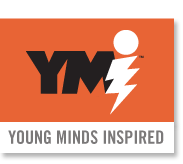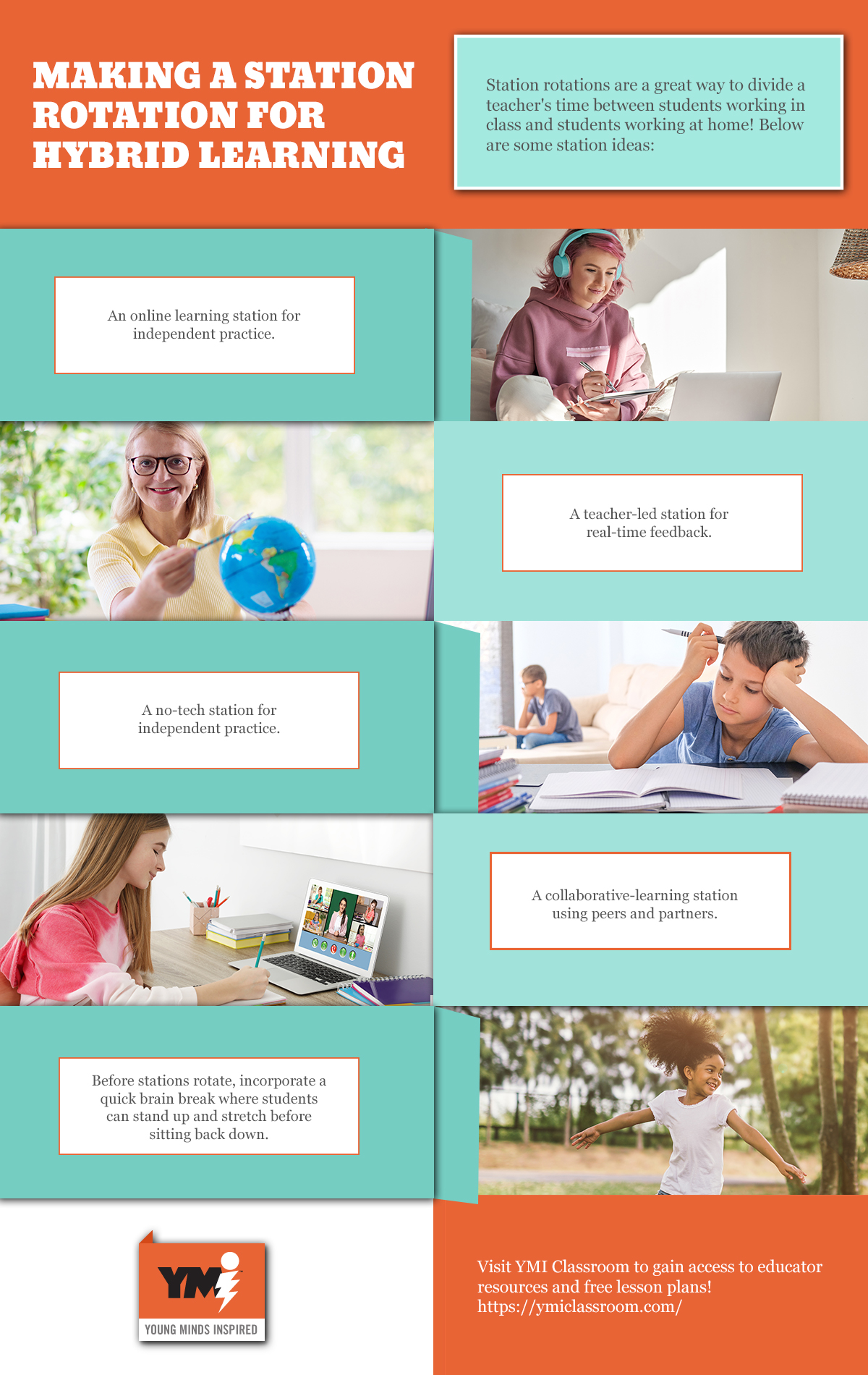As schools across the country prepare to accommodate more in-person learning, many are integrating a hybrid schedule that divides students into two groups that will alternate days on campus to keep numbers lower in the classroom and allow for social distancing.
There are various ways in which teachers can choose to set up their week by dividing in-class and virtual attendance, but they may choose to have a fully virtual day on Monday before blocking out Tuesday and Wednesday for Group A and Thursday and Friday for Group B. Attendance for in-person classes may also be separated by having a fully virtual lesson on Wednesday. Additionally, Group A may meet Monday and Tuesday with Group B meeting Tuesday and Thursday, and the teacher reserved Friday for virtual class and office hours.
Creating, facilitating, and implementing a hybrid schedule can feel like a daunting task that makes a teacher’s list of responsibilities overwhelming. Below we are going to outline a few ways in which you can design your own hybrid schedule and how to find flow with it so it not only comes easily but becomes effective in your teaching curriculum.
YMI Classroom has a wealth of resources for teachers, like free lesson plans, free educator resources, and more. Visit our website and take a look now!
Stagger the group’s progress
In a wonderfully thought-out article by Caitlin Tucker, the hybrid schedule will work best when the teachers have decided which learning activities will work best in class and which will work best online. She compares the progress of Group A and Group B to two trains that are running on parallel tracks. The two trains cannot run side-by-side because the teacher will be scrambling to recreate the in-class experience for an online setting so that both groups can progress at the same time.
Group A will be ahead of Group B in your lesson plan by half a week in terms of learning the curriculum. However, both groups will be completing the same asynchronous work to prepare for class, as well as the same post-class work to process the in-class experience.
Flip the classroom
Flipped classrooms are characterized by teachers giving traditional lessons that are delivered via video for students to watch at home, while class time is reserved for students to collaborate and apply their learning. In a hybrid schedule, students watch a lesson on remote days and perform asynchronously, working on their own with the help of teacher-curated resources, videos, peers, homework, and more.
Students in the classroom work synchronously with their teachers and peers, discussing topics, collaborating with peers, and participating in interactive modeling sessions. In-person class time is great for students to work through an assignment first modeled online.
Include project-based model
The project-based mode can be done in a few different ways. One option is that students work on an independent project at home and a collaborative project in person. This can be a heavy workload for some students, so it could be a better option for an end-of-the-year project. Another option is that students work on their project in person and then engage in other work like watching instructional videos or practicing skill work at home.
The third project-based option is done by having students work on their projects at home or at school, engaging in inquiry in person, and then doing their own research at home.
Structure it like a college seminar
Students do a reading, watch or video, or listen to a podcast before engaging in a Socratic seminar, or a formal discussion based on text, in which the teacher asks open-ended questions and students think critically for themselves, articulate their own thoughts, and respond to the thoughts of others.
The whole focus is on maximizing group interaction time, so students might do some reflective writing, but the bulk of the class time is dedicated to small group and whole-class discussion.
Include station rotations
In a blended learning format, students rotate through a series of stations within the classroom, including small group instruction and computer-based applications. In a hybrid schedule, it is best to spread these stations out over several days. It is also a good idea to have these stations take several forms, including small-group instruction, collaborative challenges, or other group work activities.
After checking for understanding, you can create re-teaching stations for students struggling with a particular concept, while other students pursue enrichment or extension work. During in-person classroom days, be sure to reserve some time to discuss at-home work with students.
Consider reducing the total number of stations or splitting stations between online and in-person. In school, students rotate through teacher-led stations and group stations. At home, students work through individual materials at home stations and video conferences with their peers in another.
Remember, there is no perfect model
Each of these models has its pros and its cons, working extremely well in some situations and poorly in others. As a teacher, thinking about how to design your learning so you can optimize the benefits of each model will likely take some trial and error. There will be mistakes, as hybrid learning adds a layer of complexity to effectively helping students thrive in every learning environment.
Take it easy on yourself, set expectations with yourself and your students, and reach out for help if you need it. YMI Classroom offers a wide selection of free online lesson plans that will make the burden of hybrid learning a little less severe. YMI Classroom also provides teaching resources that connect you with other teachers and gives you the tools you need to support your teaching, both in-person and online. Join the YMI Educator Network or simply browse our lesson plans now.

